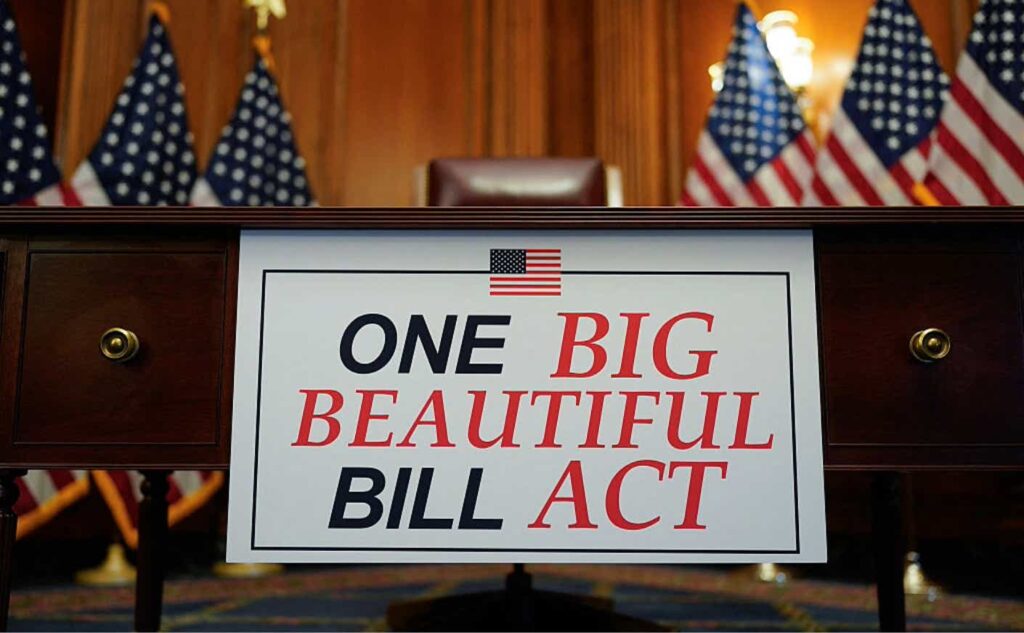Tax Cuts Expected for Millions Under New Legislation
The newly enacted “One Big Beautiful Bill Act,” signed into law by President Trump on July 4, 2025, is set to provide significant tax relief for millions of American taxpayers. A recent study by the nonpartisan Tax Policy Center indicates that taxpayers across all income levels may benefit from this legislation, which extends and enhances tax provisions first introduced in Trump’s 2017 Tax Cuts and Jobs Act.
Projected Savings
According to the analysis, the average taxpayer could see a reduction of approximately $2,900 per household by the year 2026. However, the effects vary considerably based on income levels. Households in the highest income bracket are expected to receive more substantial tax breaks compared to their lower-income counterparts.
The report outlined that approximately $6 of every $10 allocated in tax breaks from the new law will primarily benefit the top 20% of earners, defined as households with an annual income of about $217,000 or more. This means significant savings for wealthy families while lower-income groups receive comparatively modest relief.
| Income Group | Average Tax Savings | Percentage of Income |
|---|---|---|
| Bottom Quintile (Up to $34,600) | $150 | 0.8% |
| Top Quintile ($217,101 and above) | $12,540 | 2.5% |
Public Perception
Public sentiment towards the new tax law appears to be skeptical. A recent Associated Press-NORC Center for Public Affairs poll reveals that more than 60% of adults believe the new measures primarily benefit wealthy individuals, with around 60% anticipating adverse effects for low-income Americans. This public perception raises questions about the equity and fairness of the new tax policies.
Spending Cuts
In addition to tax cuts, the “One Big Beautiful Bill Act” also encompasses significant reductions in social safety net program funding, targeting areas such as Medicaid and food assistance. Critics of the bill assert that these cuts could further strain low-income families who rely on such programs for basic needs.
As taxpayers await the impact of this new legislation, the ongoing debate surrounding tax equity and funding for social programs continues to draw attention. The implications of this legislative move are expected to unfold throughout the coming years, shaping the financial landscape for millions of Americans.

